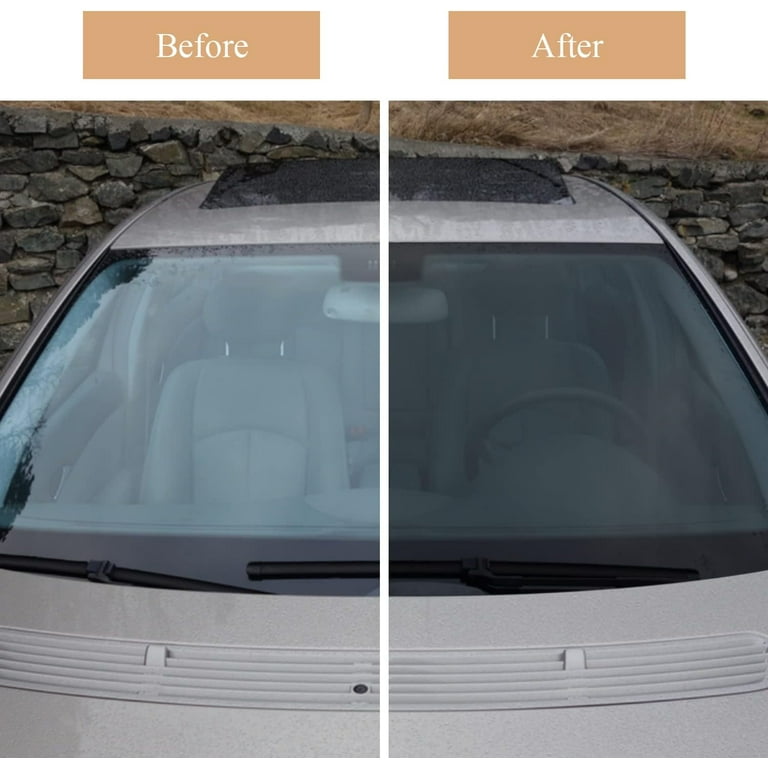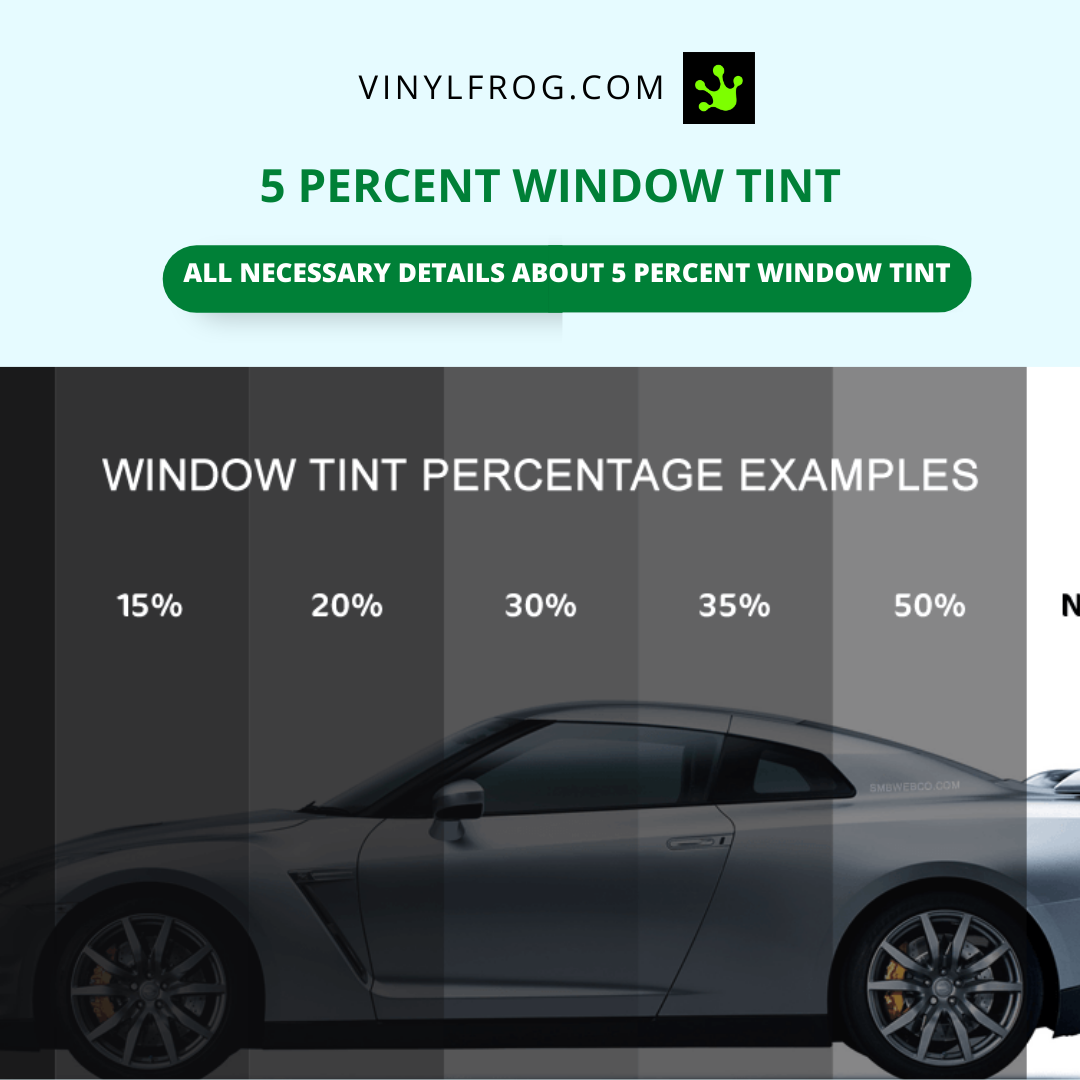Auto Window Tinting: What to Anticipate Throughout the Installment Refine
Auto Window Tinting: What to Anticipate Throughout the Installment Refine
Blog Article
Home Window Tinting Laws and Guidelines: What You Need to Know Before Tinting Your Car
Before continuing with home window tinting for your lorry, it is crucial to acquaint on your own with the diverse legislations and standards that govern this practice throughout various states. These regulations determine the acceptable degrees of color darkness, frequently measured by visible light transmission (VLT) percentages, and include specific specifications for front windshields intended at ensuring road safety and security.
Review of Home Window Tinting Regulations
Window tinting legislations are frequently subject to variant throughout various jurisdictions, showing regional guidelines and security considerations. These legislations determine the permissible levels of tint darkness and reflectiveness on automobile home windows, making sure that vehicle drivers preserve adequate presence while likewise safeguarding against unsafe UV rays and heat.
Most policies identify window tinting based upon the Visible Light Transmission (VLT) percent, which suggests the amount of light that can go through the home window. Typically, lower VLT portions indicate darker colors. Legislations frequently separate between the front, side, and rear windows, with stricter restrictions put on the front windshield to boost safety and security for both the motorist and various other road individuals.
Conformity with home window tinting policies is essential, as violations can result in fines, required elimination of the tint, and potential rises in insurance costs. It is vital for lorry owners to acquaint themselves with neighborhood regulations before continuing with home window tinting installments.
State-by-State Tint Laws
Understanding the certain home window tinting regulations in each state is important for automobile proprietors looking for to abide by the regulation. Each state in the U.S. has developed its own collection of guidelines governing window tinting, which can differ significantly. These policies usually dictate the allowable degrees of tint darkness, the sorts of home windows that can be tinted, and any type of clinical exceptions that may use.
For circumstances, states like California have strict restrictions on color darkness for front home windows, while others, such as New Mexico, may permit darker tints. In addition, certain states mandate details exposure percentages for numerous windows, consisting of the windscreen, front side home windows, and rear windows. It is important for car proprietors to acquaint themselves with their state's legislations to prevent prospective penalties or fines.
Furthermore, some states might need a certification sticker to be put on colored windows, suggesting conformity with state legislations. Failure to stick to these policies not only risks lawful effects but can also impact security and presence while driving. Therefore, car proprietors need to conduct comprehensive research study or speak with regional authorities to make sure full understanding and compliance with state-by-state color guidelines.
Allowed Tint Degrees and Types
Many lorry proprietors may be surprised to find out that permitted color degrees and types vary commonly throughout various states. Each state has actually established its very own guidelines regarding the permissible darkness and reflectivity of home window tint, commonly gauged by Visible Light Transmission (VLT) portions. VLT describes the amount of light that can travel through the colored home windows; hence, a reduced percentage indicates a darker color.

Moreover, the kinds of color materials allowed can vary, with some states banning metallic or mirror-like surfaces. It is important for lorry proprietors to acquaint themselves with their state's particular laws to ensure compliance. Non-compliance can result in penalties, necessary elimination of the tint, or other lawful effects, making it necessary to understand these policies before continuing with setup.
Medical Exceptions for Tinting
While not all states give allocations for medical exemptions concerning window tinting, those that do acknowledge the need for particular people to Click This Link boost presence and comfort as a result of clinical conditions. Various clinical conditions, such as lupus, skin cancer cells, and particular eye conditions, can render individuals specifically conscious sunshine. Subsequently, these individuals might require darker tints to safeguard themselves from unsafe UV rays and glow.

It is very important to note that despite having a medical exemption, there may still be restrictions on the level of color allowed. Compliance with state laws makes certain that individuals are both safeguarded and within lawful restrictions. Those taking into consideration find this medical exceptions must call their local Department of Electric motor Cars or equivalent authority to understand the procedures and requirements required to get an exemption properly.
Penalties for Non-Compliance
Failing to follow home window tinting regulations can result in substantial charges, which vary by state. Legislation enforcement agencies are equipped to release citations for lorries that do not follow the specified tinting policies. These fines typically consist of fines, which can vary from moderate total up to a number of hundred bucks, relying on the extent of the violation and the state concerned.
In some territories, repeated offenses might lead to rising fines or additional fines, such as compulsory court appearances. Non-compliance might demand the removal of illegal tinting, frequently at the proprietor's expense. In severe instances, habitual offenders might deal with suspension of their car registration until compliance is attained.
Furthermore, insurance coverage effects might occur from receiving numerous citations for window color offenses. Insurance firms YOURURL.com might watch such violations as a sign of riskier habits, possibly leading to boosted premiums or difficulty in coverage.
To stay clear of these charges, it is critical for car proprietors to acquaint themselves with their regional window tinting regulations and guarantee that their car complies (Window Tinting). This aggressive method not just prevents legal ramifications but likewise promotes roadway security
Final Thought

A lot of policies categorize window tinting based on the Visible Light Transmission (VLT) portion, which suggests the amount of light that can pass through the home window. Compliance with window tinting guidelines is essential, as infractions can result in penalties, mandatory removal of the tint, and possible boosts in insurance policy costs.Recognizing the certain window tinting guidelines in each state is essential for lorry owners looking for to abide with the law. These laws usually determine the allowable levels of color darkness, the types of windows that can be tinted, and any kind of medical exceptions that might apply.
For instance, states like California have stringent constraints on color darkness for front windows, while others, such as New Mexico, may allow darker colors.
Report this page